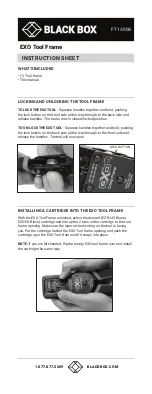
Installation
5. Installation and Operation
This section provides information on details to consider when installing the 8200 and the procedure to
follow when turning on the unit. There is an explanation of the start-up sequence, monitoring per-
formance, and theory of operation. It also contains a troubleshooting guide, customer support infor-
mation, and warranty information.
Installation
Site Selection
The 8200 can be mounted in any orientation. In environments that approach the operating limits of the
8200, ensure that the temperature limits are not exceeded.
The 8200 is sensitive to external dc and ac magnetic fields (refer to specification) and should not be
installed in locations subjected to strong magnetic fields from transformers or large power supplies.
An external magnetic field under 2 gauss should not result in measurable frequency offsets for 8200.
An Rb frequency standard is a very precise component and you should employ optimum practices for
its use. Avoid using a power source that is also providing power to fans or equipment that generates
high current pulses.
8200 Start-up Sequence
When power is connected to connector J1, the 8200 begins its warm-up cycle. After six minutes the
rubidium oscillator reaches a locked condition and its output signals will stabilize. The accuracy at
shipment is <±5xE
-11
at 25° C, typical.
Note: Signals appear at the outputs immediately after power is applied to the unit, but these output sig-
nals are not stable until after the oscillator has locked.
After eight minutes the accuracy of the 8200 oscillator is <1xE
-9
. Performance of the 8200 unit varies
according to the application profile specified by the customer at time of order. To monitor performance
and selectively modify it using the SSIP firmware included in the unit, connect the unit to the COM
port of a PCvia Developer’s Kit cable and adapter (Symmetricom P/N 054-00269-000).
.
20 of 25
深圳市儒科电子有限公司






































